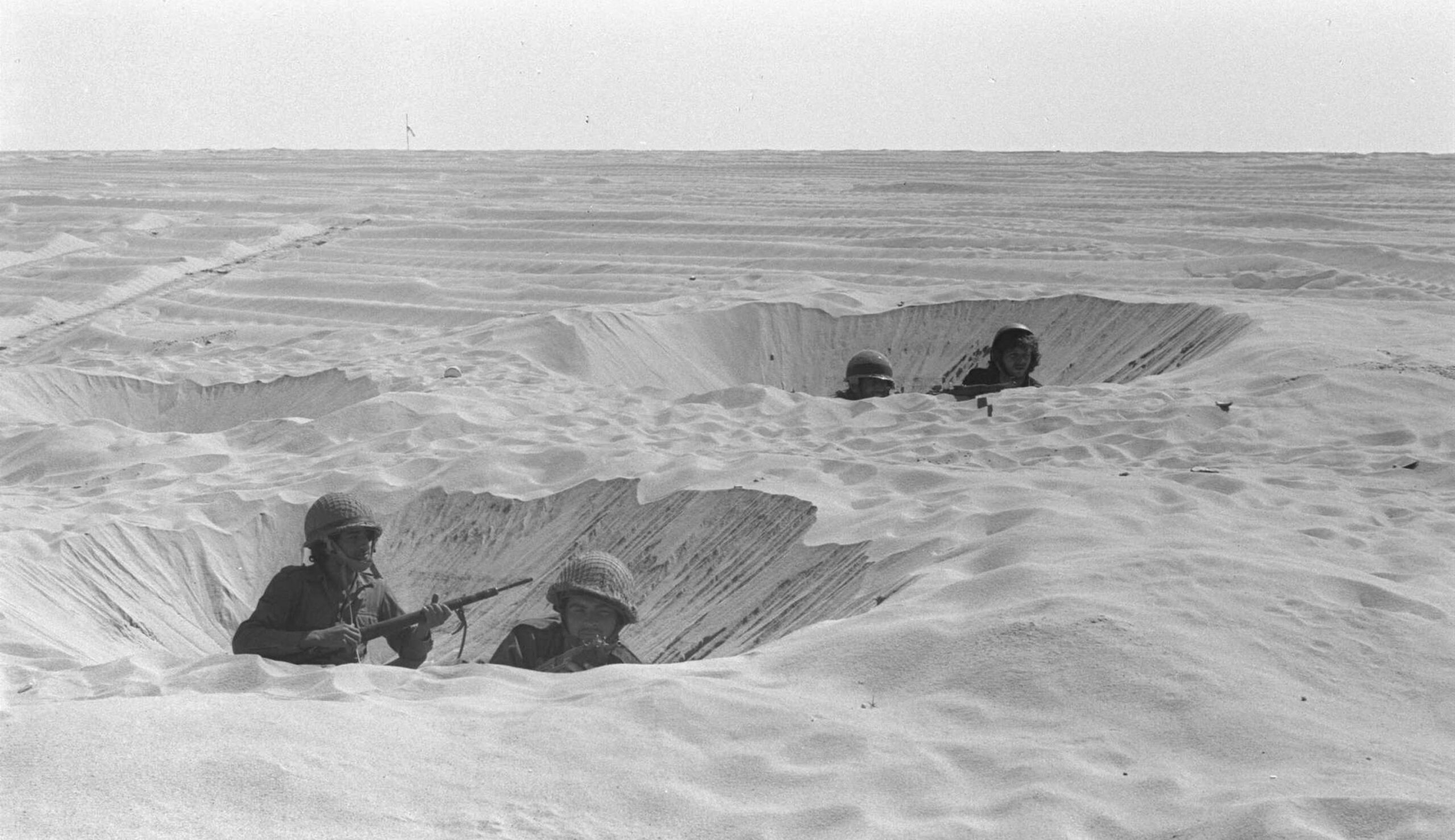In 2018, the Mossad succeeded in capturing the Islamic Republic’s secret nuclear archive, which experts are still in the process of analyzing and comparing with other sources. One recent discovery is the previously unknown Shahid Mahallati “uranium-metals workshop.” Built in 2002 and operational by 2003, this facility was intended for use as a temporary “pilot plant” to function alongside the main site at Parchin. The latter site, Parchin, was intended to produce enough weapons-grade uranium to build a few nuclear weapons every year. David Albright, Sarah Burkhard, and Frank Pabian describe the purpose of the pilot plant:
Building . . . a production-scale uranium-metallurgy plant is complicated. This plant needs to be capable of making uranium metal, melting it, casting it into molds of necessary shapes, and finishing quality-controlled weapon components. . . . Overcoming these difficulties would typically call for a pilot plant, designed to develop and test critical procedures, . . . starting with surrogate materials [with properties similar to uranium’s], then introducing natural uranium, and later processing weapon-grade uranium.
Since [planners] viewed the pilot plant as temporary, its equipment and personnel would likely be transferred to [Parchin] once the main plant was nearing completion. If [the main plant] failed to become operational by the time the first batch of nuclear explosive material was available, the pilot plant could have served another temporary purpose as well, producing the first weapons-grade uranium core of a nuclear weapon.
Thus Iranian scientists could use Shahid Mahallati to practice the techniques necessary for making the components of a nuclear bomb, without wasting precious uranium. Lest there be any doubt about Tehran’s intentions in building the facility, the documents in the archive describe the creation of a cover story about the plant’s use in order to avoid raising the suspicions of foreign intelligence agencies or overseas suppliers of raw materials.
The pilot plant was shut down by 2011, although its personnel, the research done there, and even some of the equipment and materials were likely transferred to other secret research sites. But even if this were not so, the very fact of Shahid Mahallati’s existence shows that Tehran failed to comply with the 2015 nuclear deal from day one:
As in many other cases, Iran has clearly been dishonest with the International Atomic Energy Agency (IAEA). During discussions in September 2015, [conducted pursuant to the deal’s terms], “Iran informed the agency that it had not conducted metallurgical work specifically designed for nuclear devices, and was not willing to discuss any similar activities that did not have such an application.” The activities at Shahid Mahallati and [Parchin] are a dramatic contrast to that statement, activities highlighting once again that Iran furthered its nuclear-weapons capabilities far more than was known prior to Israel’s seizure of the nuclear archive, permitting Iran today to build nuclear weapons faster than previously believed.
Read more at Institute for Science and International Security
More about: Iran, Iran nuclear program, Mossad, U.S. Foreign policy


